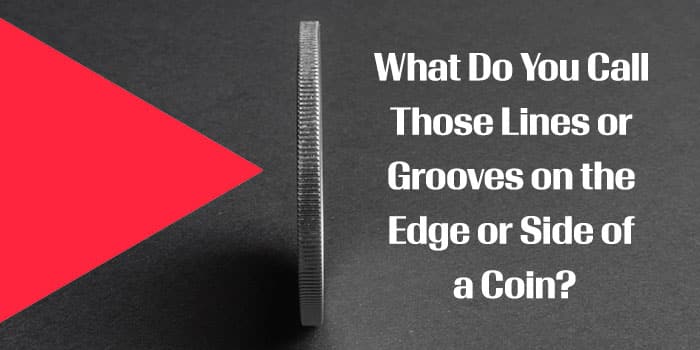
By Joshua McMorrow-Hernandez for PCGS ……
So often questions concerning the edges of United States dimes, quarters, half dollars, dollar coins, and other pieces come in addressing the lines or grooves commonly seen on modern coinage. It’s not difficult to understand what these folks asking about – “lines” or “grooves” pretty much sums up the physical appearance of these vertically oriented indentations are. However, it’s important to explain what the actual term of this distinctive aspect of U.S. coinage (and coins from other nations) is. After all, an educated collector is a knowledgeable collector, and a knowledgeable collector is a successful collector!
So, what are those lines or grooves on the edge of a coin called? This commonly seen feature on the edge of a coin is called reeding, and these reeds serve at least a few basic functions. They…
…Help people grip higher-denominations coins more easily
Edge reeding offers better traction for those who are handling their dimes, quarters, and other high-value coins more easily, helping reduce the risk of dropping the coin and potentially losing it. Compare holding a reeded coin by its edge versus a coin with a plain edge and the physical benefit of the reeding becomes even more evident.
…Discourage shaving the edges off to pilfer precious metal
Back when circulating coins contained silver or gold, some unscrupulous individuals would shave off some of the precious metal to keep for themselves while passing off the altered coins for their full value. Reeding and other edge features, such as lettering and ornamentation, helped reduce this activity and made it more visually evident when a coin had suffered a spurious shaving.
…Assist those who are blind or have visual impairments distinguish their coins
While each denomination of U.S. coin generally has its own distinct diameter, these physical differences in width between coins of various face values may not feel readily obvious to a person who cannot visually inspect the coins in their hands. This is where reeding becomes critical. Someone who knows what each coin feels like in their hands can utilize the reeds as a sensory aid to better distinguish between a cent, a nickel, a dime, a quarter, and other coins.
* * *





